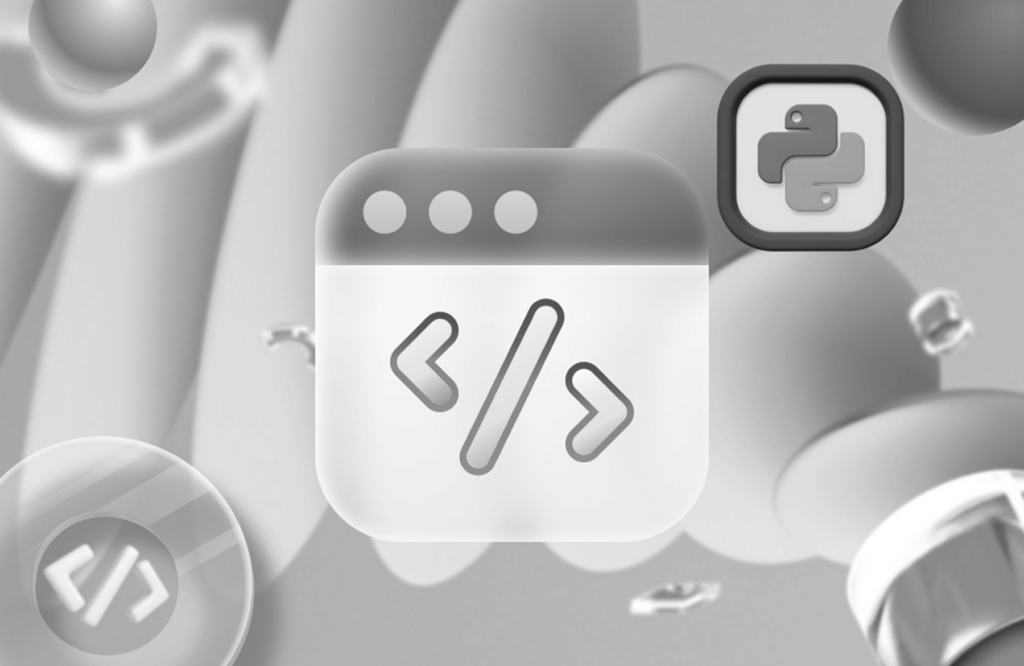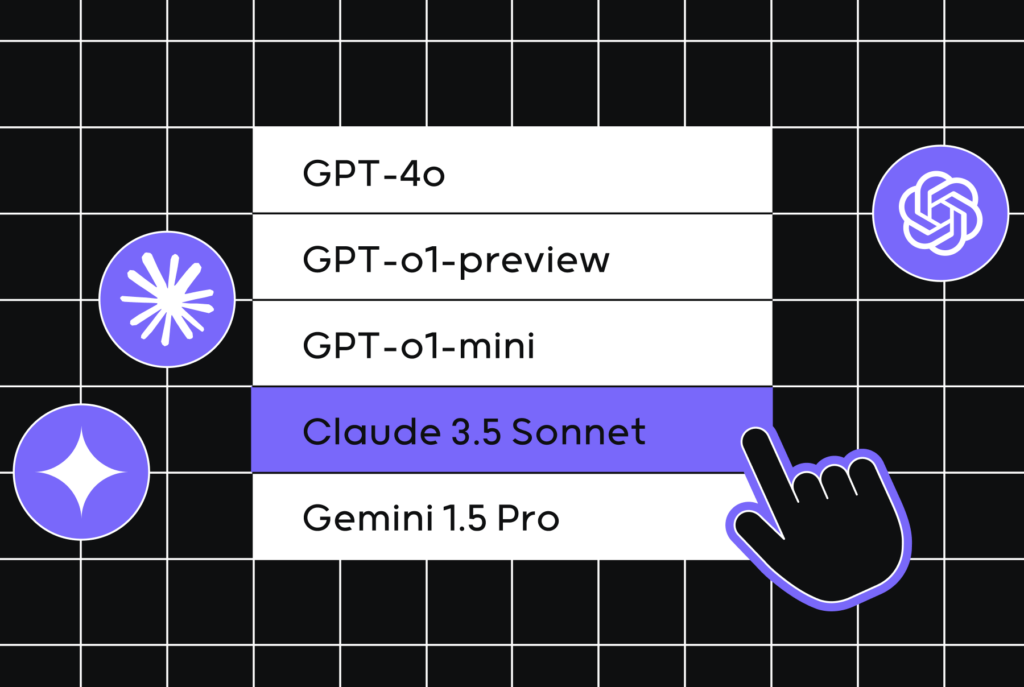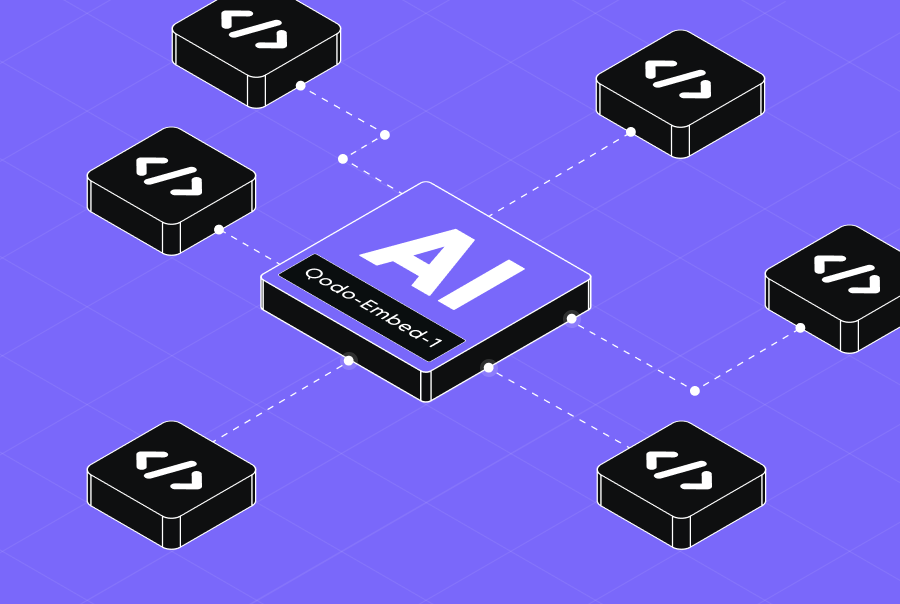Mastering Coding Standards and Best Practices for Software Development


Writing code is not just about functionality but also about creating maintainable, scalable, and secure applications. Following coding standards and best practices is essential to achieve these goals. They are guidelines that help developers write code that is not only efficient but also consistent, making it easier for teams to collaborate and maintain codebases over time.
The Importance of Coding Standards

Following coding guidelines and conventions contribute to the overall success of a project. Its goal is to promote consistency, readability, collaboration, maintainability, and security, ultimately leading to the delivery of high-quality, reliable software. Below, we will explain in detail what this means.
Consistency
When all developers follow the same set of rules, the code becomes more readable and understandable. Coding standards ensure consistency across a codebase. This is vital for collaboration, especially in larger development teams.
Readability
The readability of code makes it easier for developers to understand the codebase, collaborate with team members, and quickly identify and fix issues. Readable code is essential for long-term maintenance and scalability.
Collaboration
In a collaborative development environment, coding standards act as a common language. When everyone follows the same conventions, it becomes easier to review each other’s code, identify issues, and provide constructive feedback. This collaboration fosters a more efficient and effective development process.
Maintainability
Adhering to a common set of conventions makes it easier for anyone to understand and modify the code. This reduces the learning curve for new team members and aids in long-term project sustainability.
Security
Adhering to secure coding standards is vital for building robust and secure applications. Following best practices helps prevent common security vulnerabilities, protecting the software and its users from potential threats.
Coding Standards Best Practices
The first step is to agree and document the guidelines the team should follow. A coding standards document is a comprehensive guide that outlines the agreed-upon conventions, rules, and guidelines for writing code within a development team. It typically includes rules on coding style, documentation, error handling, etc. Establishing such a document is a collaborative process that should involve the entire development team.
In the next sections, we will give examples of typically applied coding standards.
[blog-subscribe]
Criteria for a Task Completion
Defining completion criteria helps evaluate whether the software meets the required standards and is ready for deployment. Let’s take a look at what is usually included in this section.
The implementer has performed tests. Code is operational without errors.
Before code is integrated into the main codebase, the implementer should conduct thorough testing. This involves executing unit, integration, and possibly system tests to ensure the code functions as intended. Automated testing tools and frameworks can streamline this process, adhering to the best practice of test-driven development (TDD).
Code produces the anticipated results outlined in the acceptance criteria.
The code should align with the acceptance criteria defined for each user story. The implementer should verify the code meets the specified requirements and produces the expected results. This ensures that the software behaves as intended and meets stakeholder expectations.
Each user story has undergone a thorough review.
A user story is a component of agile development methodologies, particularly within frameworks like Scrum. The purpose of a user story is to capture the essence of a desired software capability in a manner that is understandable to both developers and stakeholders. Each user story should undergo a comprehensive review by a peer or team member. Code reviews provide an opportunity to catch issues, ensure adherence to coding standards, and share knowledge among team members.
Every deliverable is associated with the corresponding user story.
Associating deliverables with user stories enhances traceability and project management. It ensures that each piece of code or documentation can be linked back to the specific user story it addresses. This practice aids in understanding the context and purpose of each deliverable.
All tasks linked to the user story are marked as closed.
Closing linked tasks signifies that all necessary steps and sub-tasks associated with a user story have been completed. It is a good practice for project management, providing clarity on the status of each user story and its related tasks.
Code includes comments, and variable names are clear and understandable.
Clear and concise comments within the code, along with meaningful variable names, enhance code readability. Comments should explain complex logic, assumptions, and any considerations that might not be immediately evident from the code. Clear variable names contribute to code comprehension without the need for extensive comments.
Business-related document deliverables are communicated to the stakeholders.
Beyond code, communication with stakeholders is vital. Business-related documents, such as specifications, reports, or documentation, should be effectively communicated to the business team. This ensures that stakeholders are informed and can provide feedback or insights as needed.
A pull request is linked to the user story.
In a version control system, a pull request (or merge request) is a formalized way to propose changes. Linking a pull request to the user story establishes a direct connection between the code changes and the associated user story. It facilitates a transparent and traceable development process, aiding in code review and auditability.
Coding Guidelines
Coding guidelines are a set of rules that define how source code should be written and formatted within a software development team. These guidelines aim to establish a consistent and readable codebase, making it easier for team members to understand, maintain, and collaborate on software projects.
Adherence to specific programming language guidelines.
Many programming languages have well-defined coding guidelines to ensure consistency and maintainability of code, e.g., PEP 8 Guidelines for Python coding standards (https://peps.python.org/pep-0008/), Java Code Conventions (https://www.oracle.com/technetwork/java/codeconventions-150003.pdf), ISO C++ Core Guidelines (https://isocpp.github.io/CppCoreGuidelines/CppCoreGuidelines).
Use of a linter in conjunction with your Integrated Development Environment (IDE).
A linter is a tool that analyzes code for potential errors, style violations, and other issues. Integrating a linter with your Integrated Development Environment (IDE) provides real-time feedback to developers as they write code. This practice helps catch common mistakes, enforces coding standards, and ensures consistency across the codebase. By identifying issues early in the development process, developers can maintain a cleaner and more error-free codebase.
Every function must have docstrings describing inputs and outputs (including types) and a brief function description.
Docstrings are documentation embedded within the code to describe the purpose and usage of functions. Requiring docstrings for every function ensures that developers provide clear and informative descriptions. This practice enhances code readability and helps other developers understand how to use the function, what inputs are expected, and what the function returns. Including information about variable types in the docstring adds an extra layer of documentation that aids both developers and automated tools.
Each function definition should include variable types.
Specifying variable types in function definitions helps in understanding the expected data types for inputs and outputs. This practice is especially valuable in statically typed languages, where the compiler can use this information for type checking. It improves code clarity and reduces the likelihood of runtime errors due to incorrect variable types.
Naming conventions for variables and functions should be descriptive, lowercase, separated by underscores, and consistent with existing scripts.
Consistent and descriptive naming conventions enhance code readability and maintainability. By adhering to a standard naming convention (e.g., lowercase with underscores), developers can quickly understand the purpose of variables and functions. Consistency across the codebase is crucial, and adopting conventions that are consistent with existing scripts promotes a unified and easily understandable code style.
All new implementations or bug fixes should be done on a separate branch named according to a defined convention.
Creating separate branches for new implementations or bug fixes is a best practice for version control. It allows developers to work on features or fixes without affecting the main codebase until changes are reviewed and approved. The naming convention can look as follows: “feature/<user_story_id><descriptive_name>” or “bug/<bug_id><descriptive_name>” and provides clear context about the purpose of the branch. This practice supports collaboration and ensures a systematic approach to managing code changes.
Review Guidelines
Regular code reviews are needed to ensure that coding standards are being followed. This provides an opportunity for knowledge sharing and helps catch potential issues early in the development process.
Reviews should always be conducted by someone other than the implementer.
Code reviews serve as a crucial quality assurance step in the software development process. Involving a different individual than the implementer ensures an unbiased and fresh perspective. A reviewer unfamiliar with the details of the implementation can often spot issues, offer alternative insights, and contribute to overall code quality. This separation of roles helps maintain a checks-and-balances system, fostering collaboration and improving the chances of identifying potential errors or improvements.
Reviews should be done in isolation from the implementer.
Performing code reviews in isolation means that the reviewer assesses the code independently without direct interaction with the implementer. This approach allows for an unbiased evaluation and encourages the reviewer to focus solely on the code. If alignment issues or questions arise during the review, a call can be arranged for clarification and discussion. However, the initial review in isolation ensures that the code stands on its own merit and is comprehensible to others.
The implementer must add the tag “Implemented by [Name]”
Adding a tag indicating the implementer’s name is a helpful practice for project management and accountability. It clearly attributes the work to a specific individual, making it easier to track contributions and understand who is responsible for a particular piece of code. This information aids in communication within the development team and provides transparency about who implemented a given feature or fix.
During a review, if “bad code” is identified (see coding guidelines), the reviewer should highlight it and request the implementer to address the issues.
Code reviews are an essential step in maintaining code quality. If the reviewer identifies instances of “bad code” as per the coding guidelines, they should actively communicate these findings to the implementer. Providing specific feedback on what needs improvement and aligning it with established coding standards helps the implementer understand the issues and rectify them. This collaborative feedback loop ensures that the code aligns with best practices, enhancing overall code quality and fostering a culture of continuous improvement within the development team.
Mastering coding standards and best practices, development teams can build robust and efficient software that meets current requirements and stands the test of time. However, coding best practices can and often do improve over time. The evolution of coding standards is a natural and iterative process driven by various factors, including technological advancements, industry best practices, lessons learned from projects, and changes in team composition. Encouraging continuous learning within the team, regularly reviewing and updating coding standards, is a proactive approach to ensure that code quality remains high and that the development process continues to improve over time.



